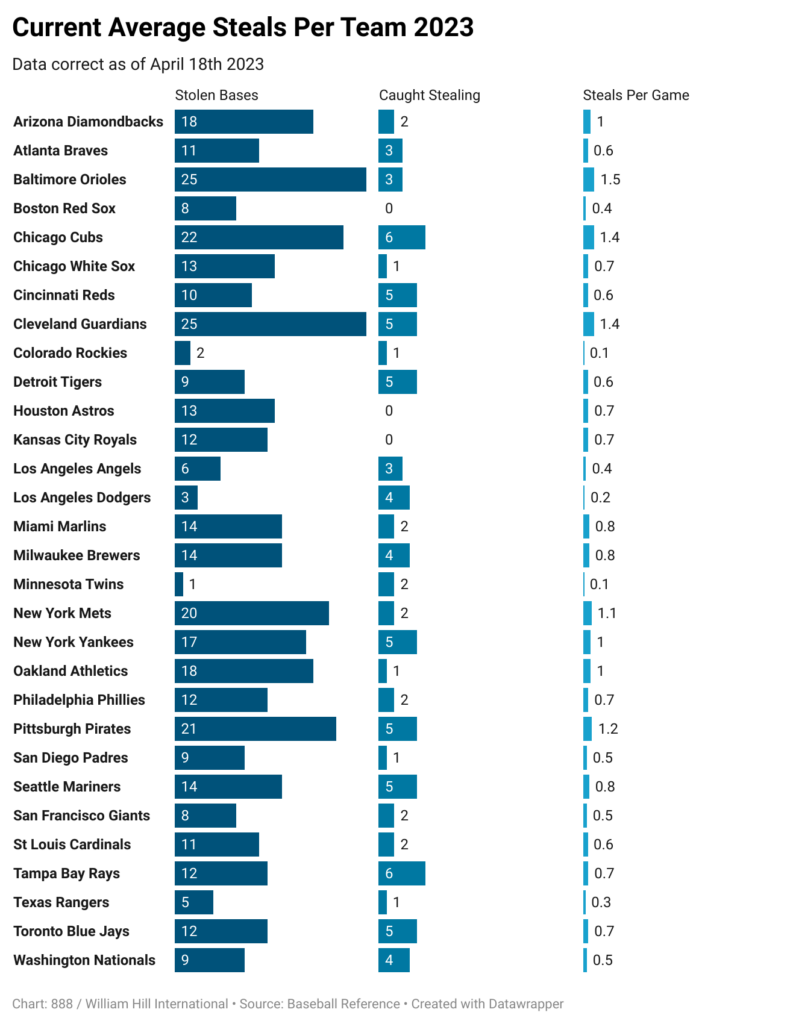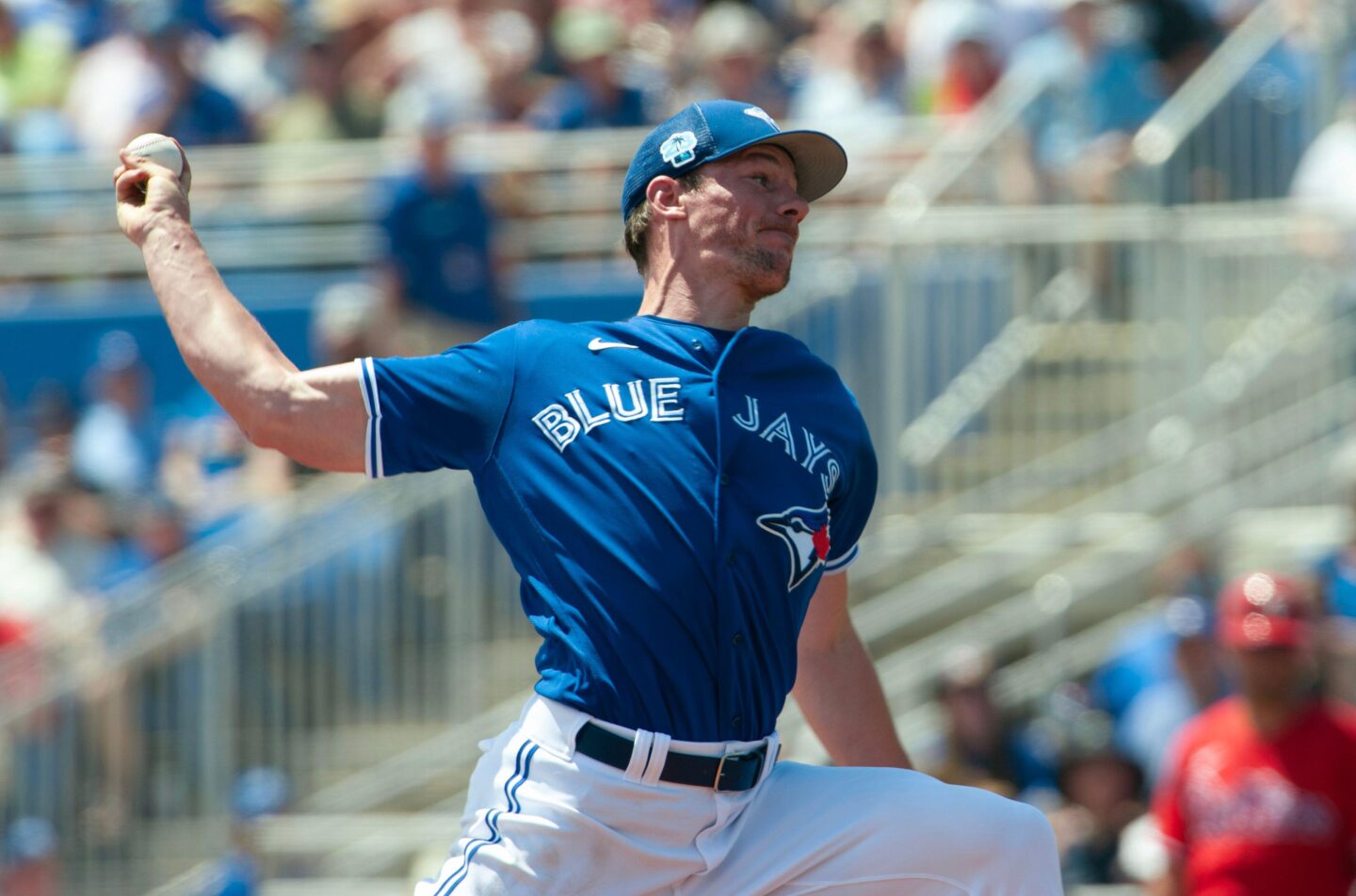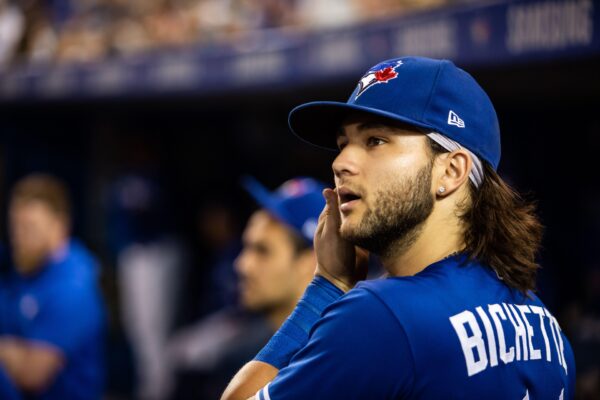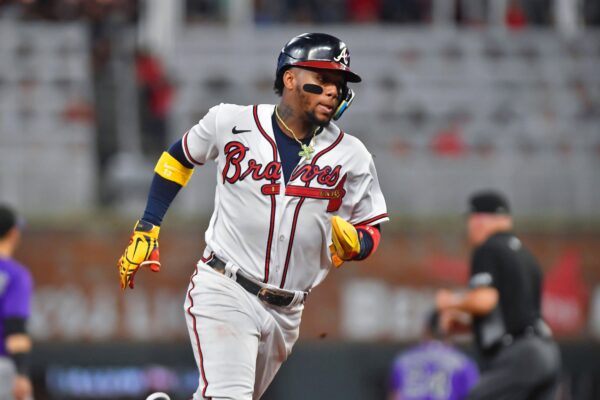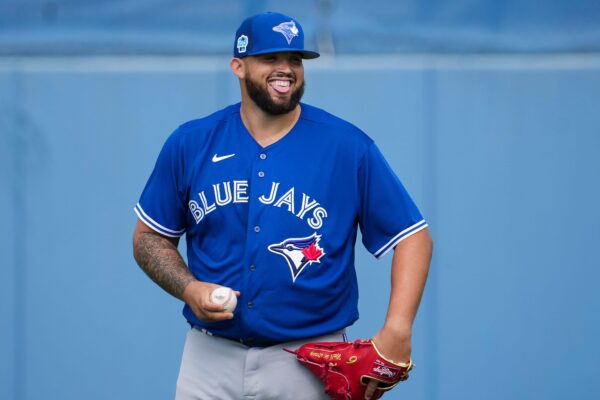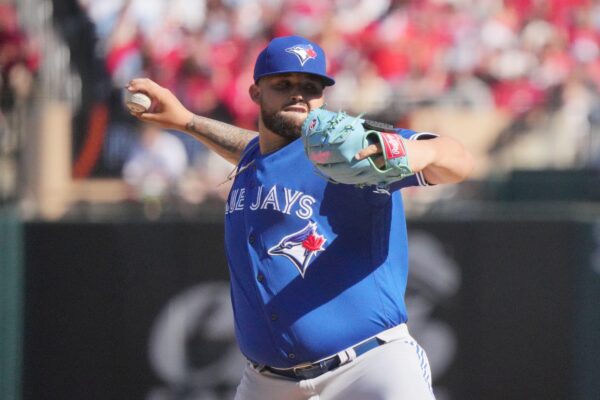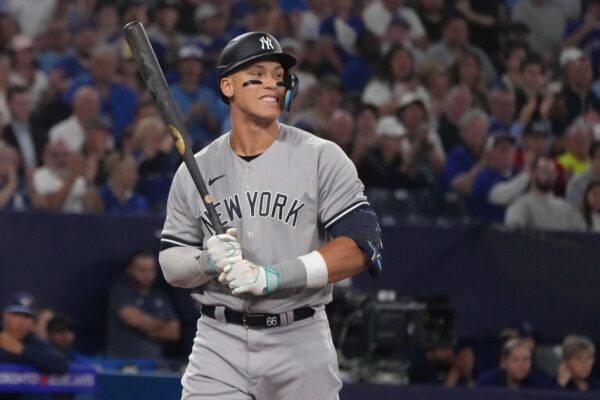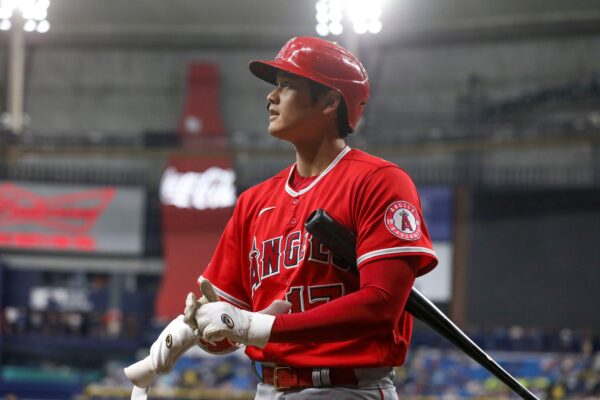So we’re into the best part of the first month of the new MLB season and it’s been quite eventful.
The Tampa Bay Rays recorded their biggest win-streak in their history until the Toronto Blue Jays ended it.
We’ve seen a hitter’s masterclass from the likes of Adam Duvall and Brian Anderson.
We’re asking how long the shadow cast over last season’s champs the Houston Astros will last and are we finally about to see the Philadelphia Phillies get their season in gear with the return of Bryce Harper?
Park that to the side for a moment, what’s going to be interesting is witnessing how those three new rules are impacting gameplay.
Are they for the better? Are they for the worse? Let’s find out shall we?
Some background
Following a series of research carried out by the MLB during last season, they concluded that there were a few tweaks needed to gameplay to speed things up and improve averages.
You can read more about it here: Do you know MLB’s new rules?
Three new rules were created and tested out in the Pre-Season before the Regular got into action and they are as follows:
PITCH TIMERS
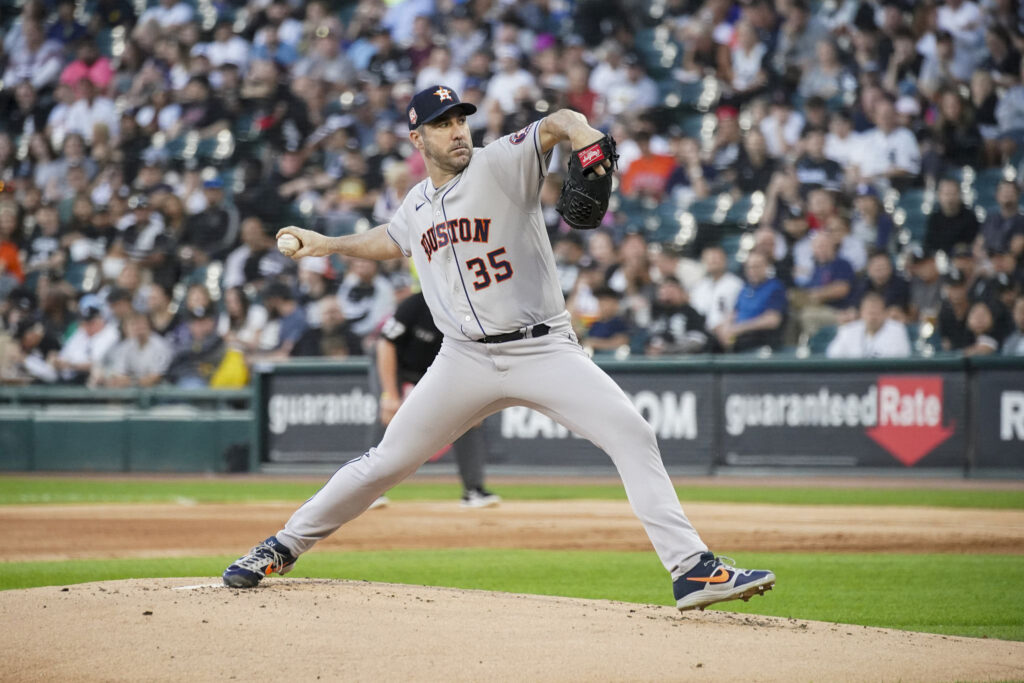
The aim of this rule was primarily to speed up gameplay and avoid time-wasting by making pitching and batting pacier, more offensive, and more efficient.
It also aimed to reduce the average length of time of games were running for, just over three hours.
Both Pitchers and Batters will have time limits. Pitchers will need to make their swing within an allotted period of time and Batters will need to be ready for the pitch, hit it and vacate the base.
Failing to do so will risk an automatic ball foul.
SHIFT RESTRICTIONS
This rule shifts up the infield giving the defensive team no less than four players infield.
The MLB said it would improve the batting averages for the balls that are in play and the second to allow the infielders to show off their defensive talents
The infielders cannot switch sides. If the shortstop is the best defender on the defensive team, he can’t just switch with a second baseman if the batter is anticipated to hit closer to Second base.
BASES
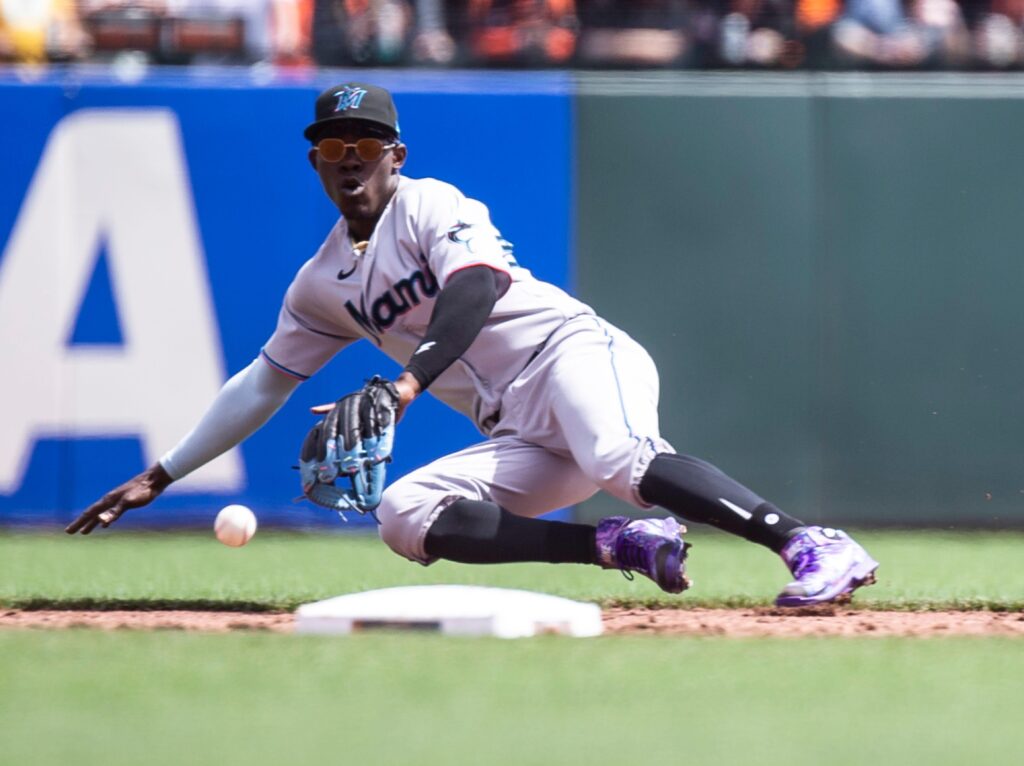
While Home base would stay its original size, the First, Second and Third bases have increased in size from 15 inches to 18 inches.
There is also a limit of two disengagements per plate appearance. So that would affect pickup throws and step offs the mound.
The main aim of this was to improve player safety, giving runners and fielders more room and thus less chance of colliding during plays.
It raises the stakes for the defenders on the bases and a very slight advantage for runners.
Are they working?
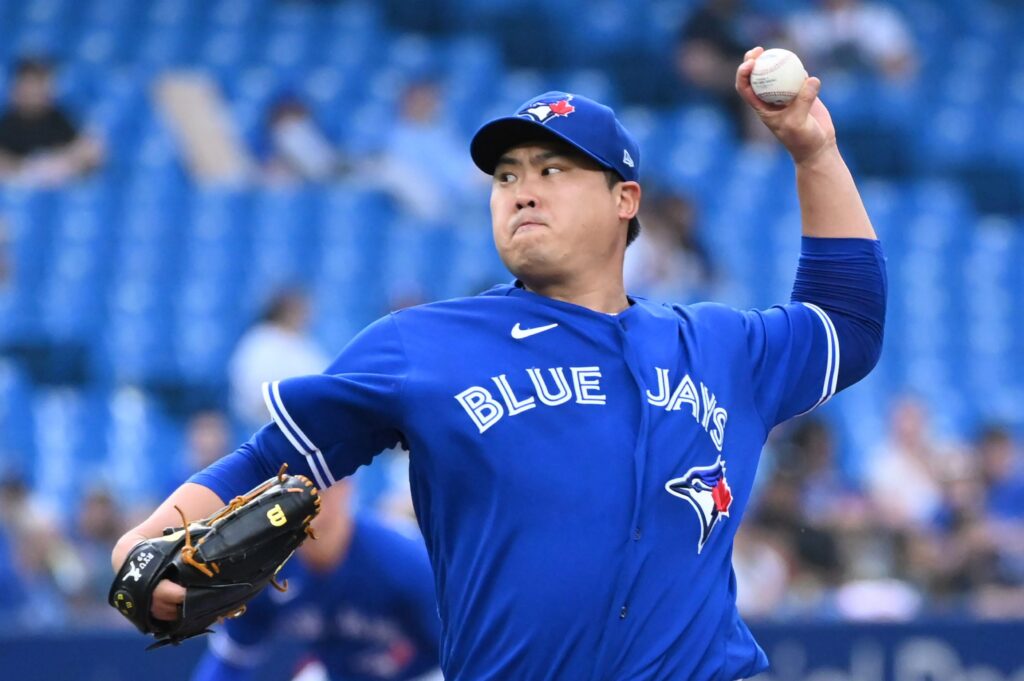
The argument, overall, is yes, the game has improved. Games are faster.
The PITCH TIMER is the rule that has generated the biggest marked improvement. Teams are now averaging games of around 2:38 per nine innings.
That’s almost 25 minutes less than last season and just three minutes more than the quickest recorded average of 2:35 back in 1984. OpenStats reported that the fastest game so far this season was 2:33.
That’ll be because Pitchers have 15 seconds in which to throw and 20 seconds when there are runners on bases.
Statcast has determined that 18.6 seconds is the fastest average time between pitches on a single at-bat. That’s not counting the time between final pitch of a single at-bat and the first of the next pitch and next batter.
What does it mean?
Broken down further, that’s 4.5 seconds saved per pitch. Yep, it doesn’t sound like much but it does mean there’s less dead time, less fidgeting on both sides of the pitch and the cameras focus on the game and not the fans.
The tension isn’t removed from the game but it shortens the distance between knowing if the batter will hit or the ball will find the glove behind him.
Team’s pitch timer violations are now at 0.80 per game with most going to the relief pitchers. That’s much less than the 1.50 they were averaging during the Spring Training.
The last time we had a big impact on pitching time was between 2021 and 2022 when it dropped by 0.6 seconds. It’s assumed that that difference could be down to the PitchCom.
Here’s a breakdown of the last five years…
- 2019: 22.9 seconds
- 2020: 23.2 seconds
- 2021: 23.7 seconds
- 2022: 23.1 seconds
- 2023: 18.6 seconds
Was the SHIFT RESTRICTION seismic?
At this stage, it’s difficult to tell and chances are it’s going to be the same way throughout the season. What is likely improving from it is offense.
The opening batting line stats sat at .250 / .323 / .413 along with a .297 BABIP. That’s a slightly better compared to the opening week of last season where the numbers looked like this: .231 / .312 / .379 with a .279 BABIP.
There’s something odd about the BABIP though…
South paws succeeding?
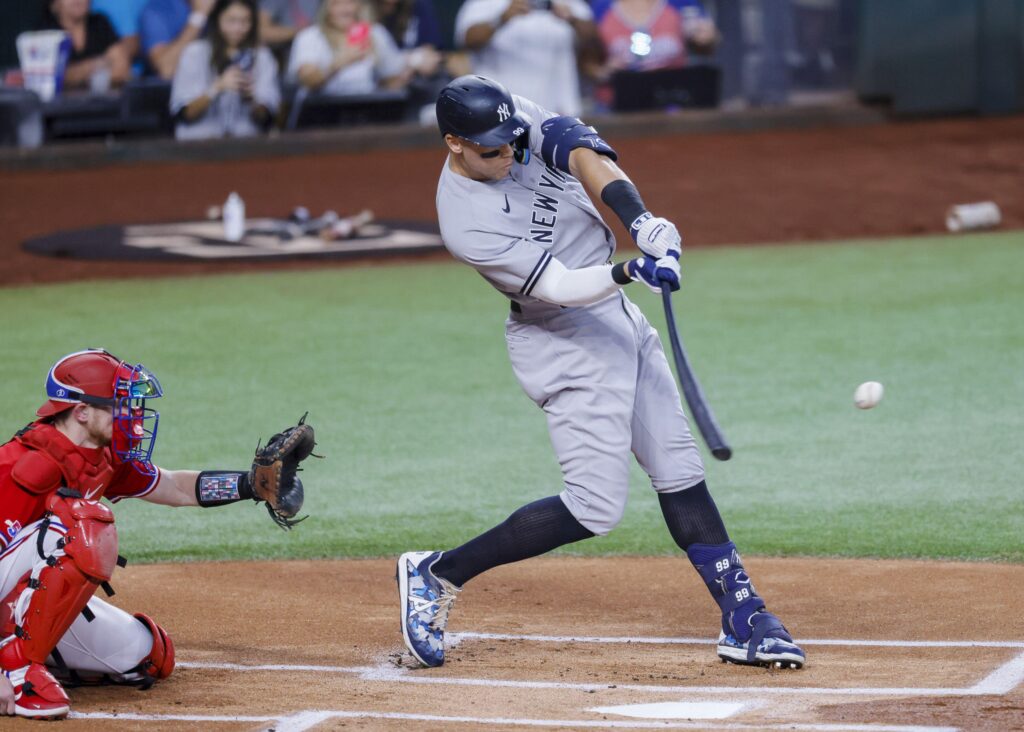
Those who would be the most impacted by the SHIFT RESTRICTION would be Left-handed hitters.
Their opening batting line stats are .246/.328/.421 and a .290 BABIP. That’s better than the .229/.323/.362 line with a .274 BABIP recorded in the opening week of last season.
Offense is up it seems and particularly batting average, which is what the MLB was aiming for. How much this is influenced by the SHIFT RESTRICTION rule remains to be seen.
A basis for the BASES
So for the fans, the experience of watching the limitation of two pitcher disengagements per plate appearance, can certainly up the stakes for the team in defence.
But are the Step offs and pickoff throws that fun? Runners are taking advantage of the limitation and the larger bases.
Since the start of the new season, there have been 374 bases stolen this season so far, that’s 1.42 per game compared to 1.14 nine years ago.
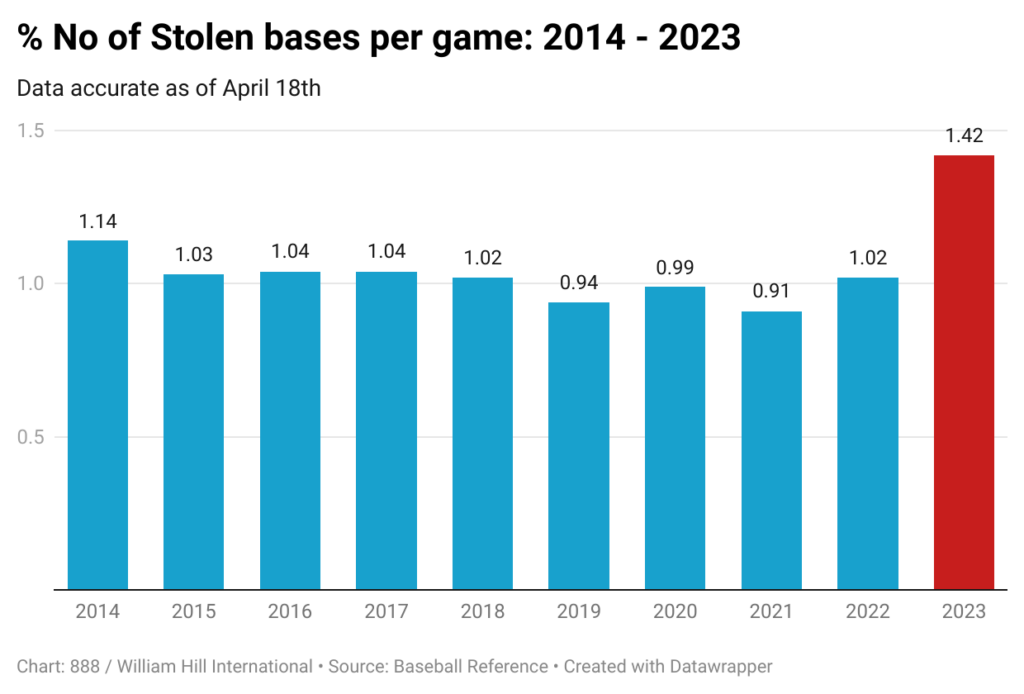
Only 89 players have been caught stealing this season. That means runners are stealing more frequently, 25% more in fact. They’ve been caught 6% less than nine years ago (19%).
Who’s stealing more?
So most teams are stealing bases more this season than they were last season. Teams like the Boston Red Sox, Kansas City Royals (100%), Chicago White Sox, Oakland Athletics (90%+) are among the 23 teams that have recorded higher steals this season.
Only the Los Angeles Dodgers (43%), Minnesota Twins (33%), Seattle Mariners (74%), Tampa Bay Rays (67%), Washington Nationals (69%), Colorado Rockies (67%) and Detroit Tigers (64%), and recorded drops in their base steals this season compared to 2022.
The only club where there was no change so far has been the San Francisco Giants with 80% in both seasons.
